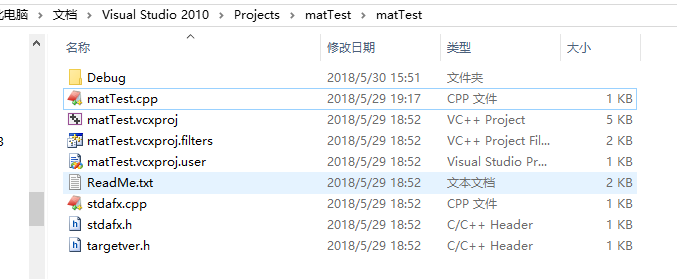直接使用Mat的构造函数,把指针的位置赋给下面中的data就OK了:
Mat(int rows, int cols, int type, void* data, size_t step=AUTO_STEP);
代码为matTest.cpp

// matTest.cpp : 定义控制台应用程序的入口点。 // #include "stdafx.h" #include <stdio.h> #include <iostream> #include "opencv2/core/core.hpp" #include "opencv2/features2d/features2d.hpp" #include "opencv2/highgui/highgui.hpp" #include <opencv2/nonfree/features2d.hpp> #include "opencv2/imgproc/imgproc.hpp" #include "opencv2/nonfree/nonfree.hpp" #include "opencv2/legacy/legacy.hpp" #include<math.h> #include <string> using namespace cv; using namespace std; int _tmain(int argc, _TCHAR* argv[]) { uchar c[100][100]; for(int i=0; i<100; i++) for(int j=0; j<100; j++) c[i][j] = (i<j)?0:255; imshow("x", Mat(100, 100, CV_8UC1, (void *)c)); waitKey(); return 0; }
运行结果:

Mat(int _rows, int _cols, int _type, void* _data, size_t _step=AUTO_STEP);
Mat(Size _size, int _type, void* _data, size_t _step=AUTO_STEP);
opencv下char数组数据显示_百度知道 https://zhidao.baidu.com/question/304116674485151964.html
char的范围是-128~127,应该用uchar类型。构造一个数据指针指向char数组的Mat。